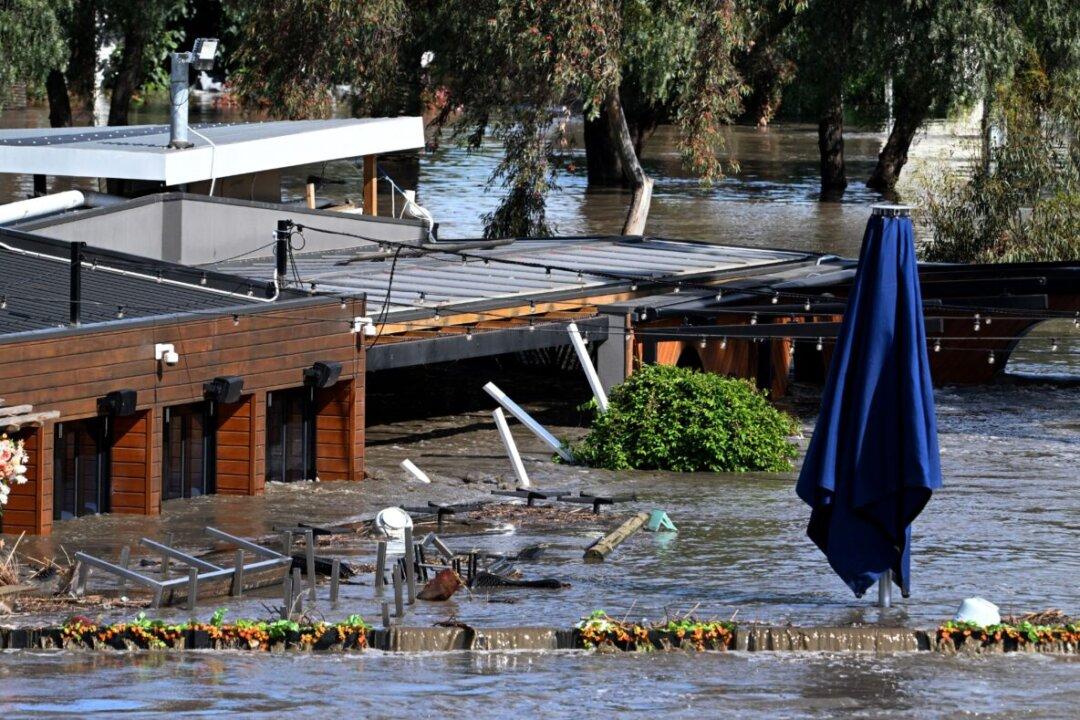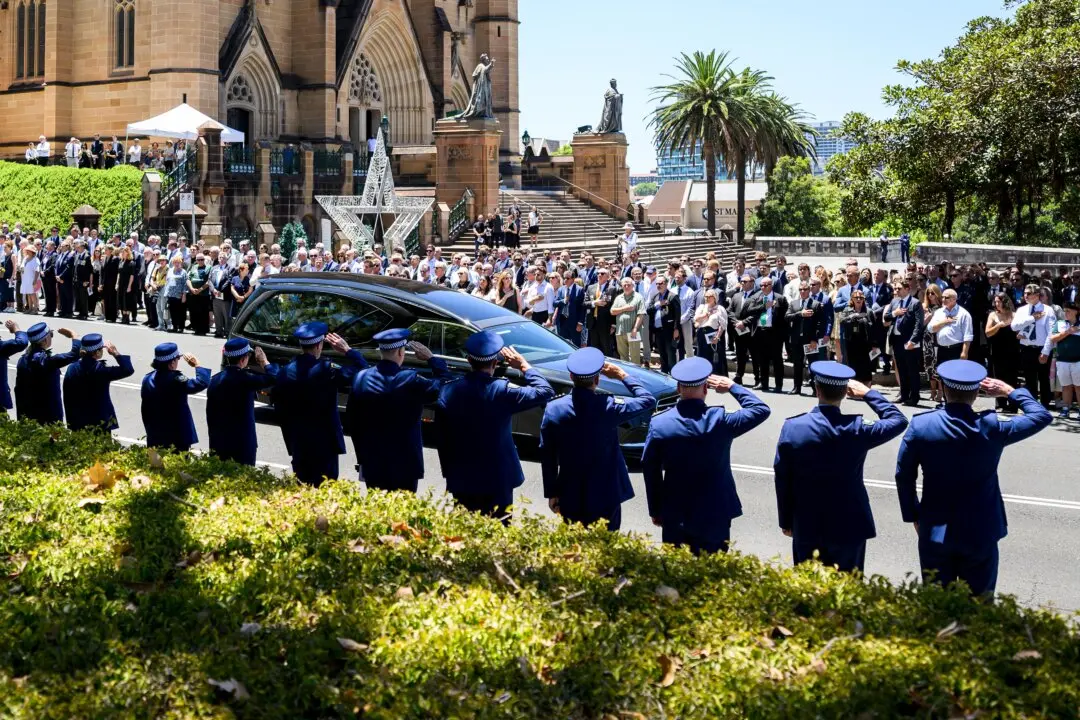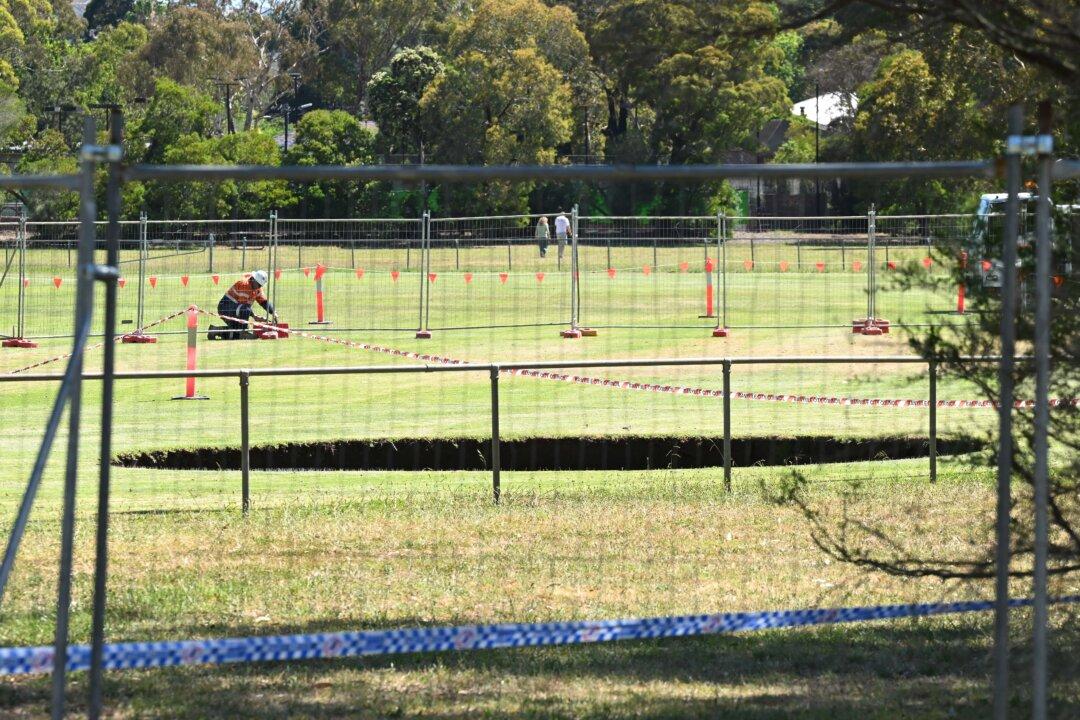Melbourne Water will update its flood modelling for the Maribyrnong River after more than 500 homes and businesses were unexpectedly inundated.
The organisation copped criticism in the wake of the October 2022 floods, with residents in the city’s northwest saying they did not receive adequate information or warning about what was to come.





